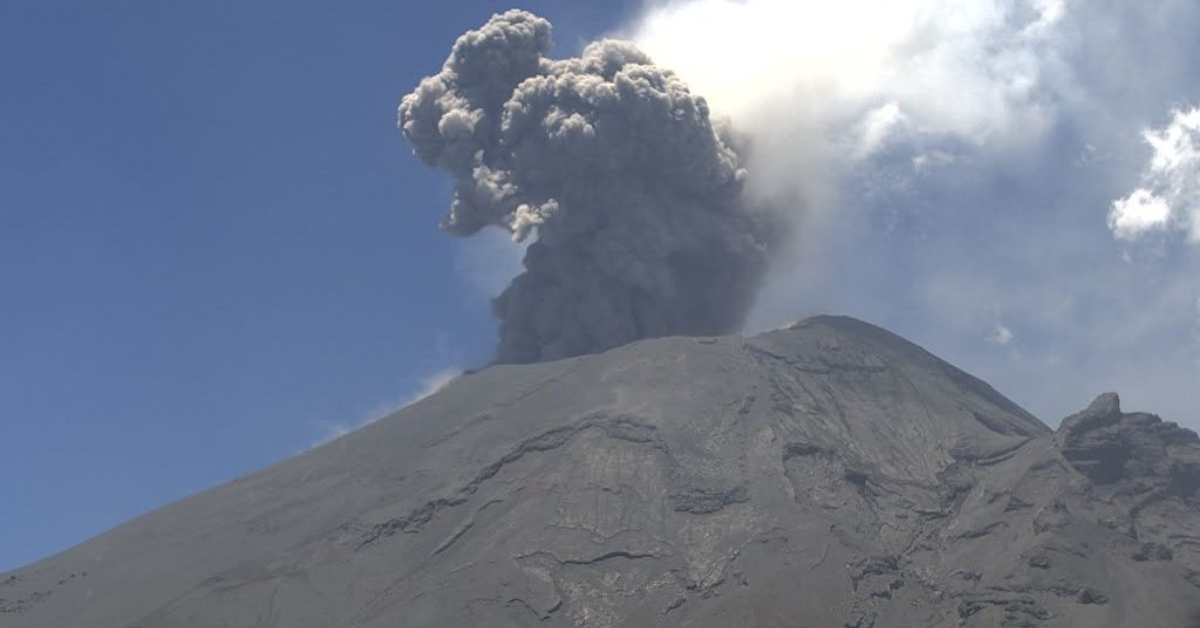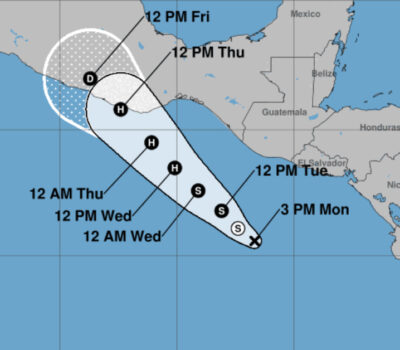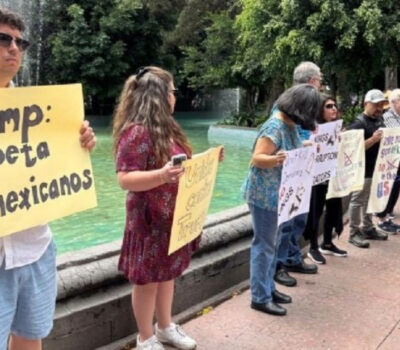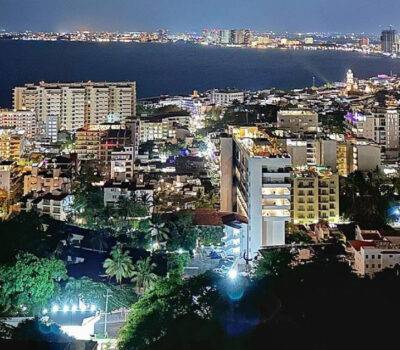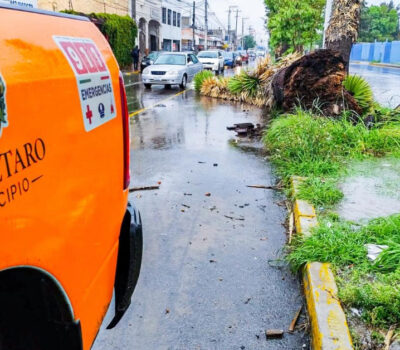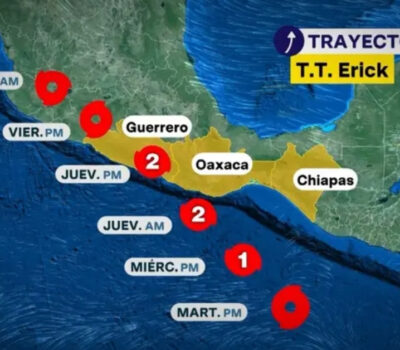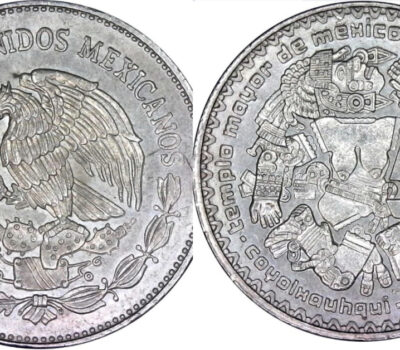Over the past day, the monitoring systems for the Popocatépetl volcano observed 83 exhalations, which consisted of water vapor, volcanic gases, and ash. Two minor explosions were also detected yesterday at 11:37 am and 12:19 pm (local time). In addition, there were 258 minutes of tremor and a 1.9 magnitude volcanotectonic earthquake at 3:01 pm yesterday.
Explosions in Popocatépetl and other active volcanoes are accompanied by seismic and sound signals. These are detected using pressure sensors or microphones and can be heard at varying intensities depending on atmospheric and crater conditions. This is a normal occurrence and does not necessarily signify heightened volcanic activity. In Popocatépetl’s current state, with the formation and destruction of small lava domes through explosions primarily of smaller to moderate size, it is likely that nearby residents will experience these audible phases in the coming days or weeks.
CENAPRED strongly advises against climbing to the volcano’s crater, as there is a risk of explosions that can emit incandescent fragments. A 12 km exclusion radius should be respected. Additionally, in case of heavy rainfall, people should avoid the bottom of ravines due to the threat of mud and debris flows.
The Popocatépetl Volcanic Alert Traffic Light is at YELLOW PHASE 2.
The public is urged to disregard rumors and pay attention to information from the National Civil Protection Coordination through their official channels and accounts at www.gob.mx/cenapred and @CNPC_MX.
If ashfall occurs, the following recommendations are provided:
- Use a handkerchief or face mask to cover your nose and mouth.
- Rinse your eyes and throat with clean water.
- Wear glasses instead of contact lenses to minimize eye irritation.
- Keep windows closed or covered and stay indoors as much as possible.
The anticipated scenarios for this phase include:
- Continued low to intermediate-scale explosive activity.
- Light to moderate ashfall in nearby towns.
- Possible pyroclastic flows and short-range mudflows.
Key recommendations are:
- Maintain the 12 km safety radius; entry is prohibited.
- Regulate traffic between Santiago Xalitzintla and San Pedro Nexapa via Paso de Cortés.
- Civil Protection authorities should implement preventive measures according to their operational plans.
- The public should heed local authorities’ warnings and avoid approaching the volcano, especially the crater.
Popocatépetl’s monitoring is conducted continuously, 24 hours a day. Any changes in activity will be promptly reported. The Volcanic Alert Traffic Light level will depend on the volcano’s evolving activity.
Over the past day, the monitoring systems for the Popocatépetl volcano observed 83 exhalations, which consisted of water vapor, volcanic gases, and ash . . .

